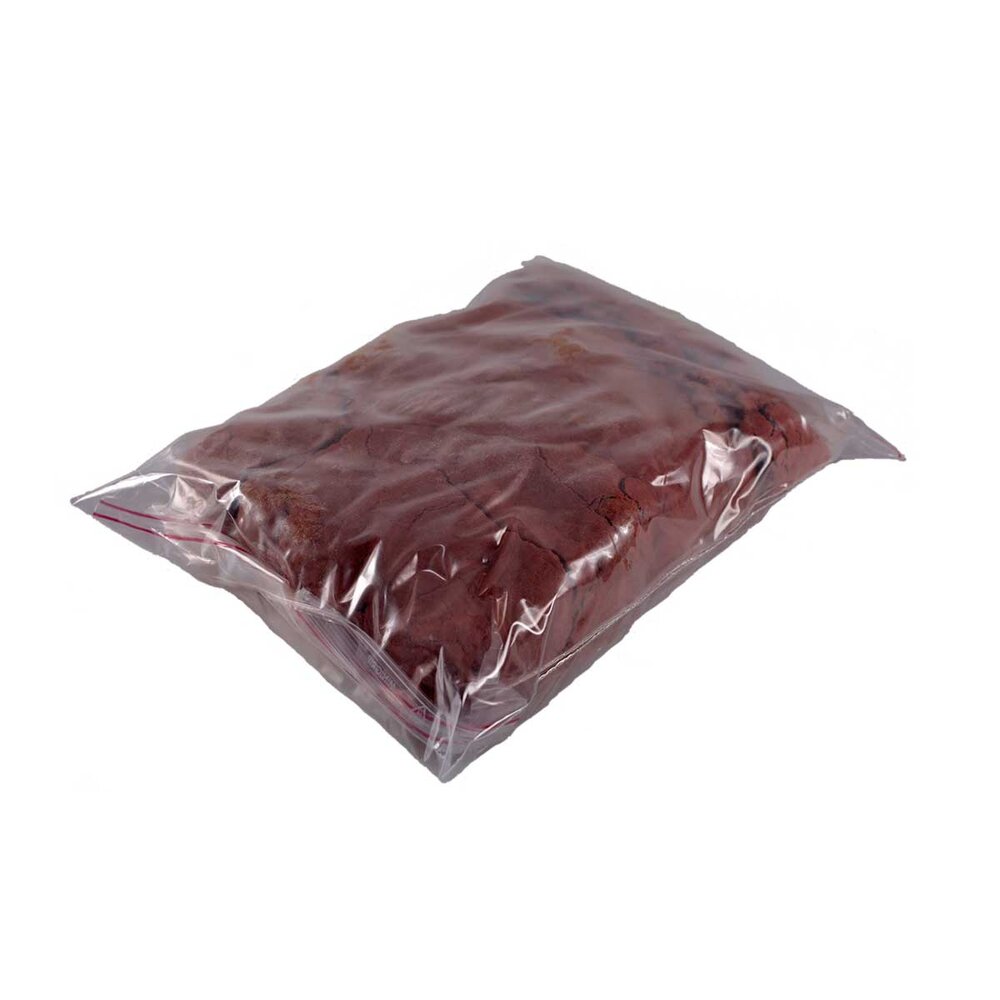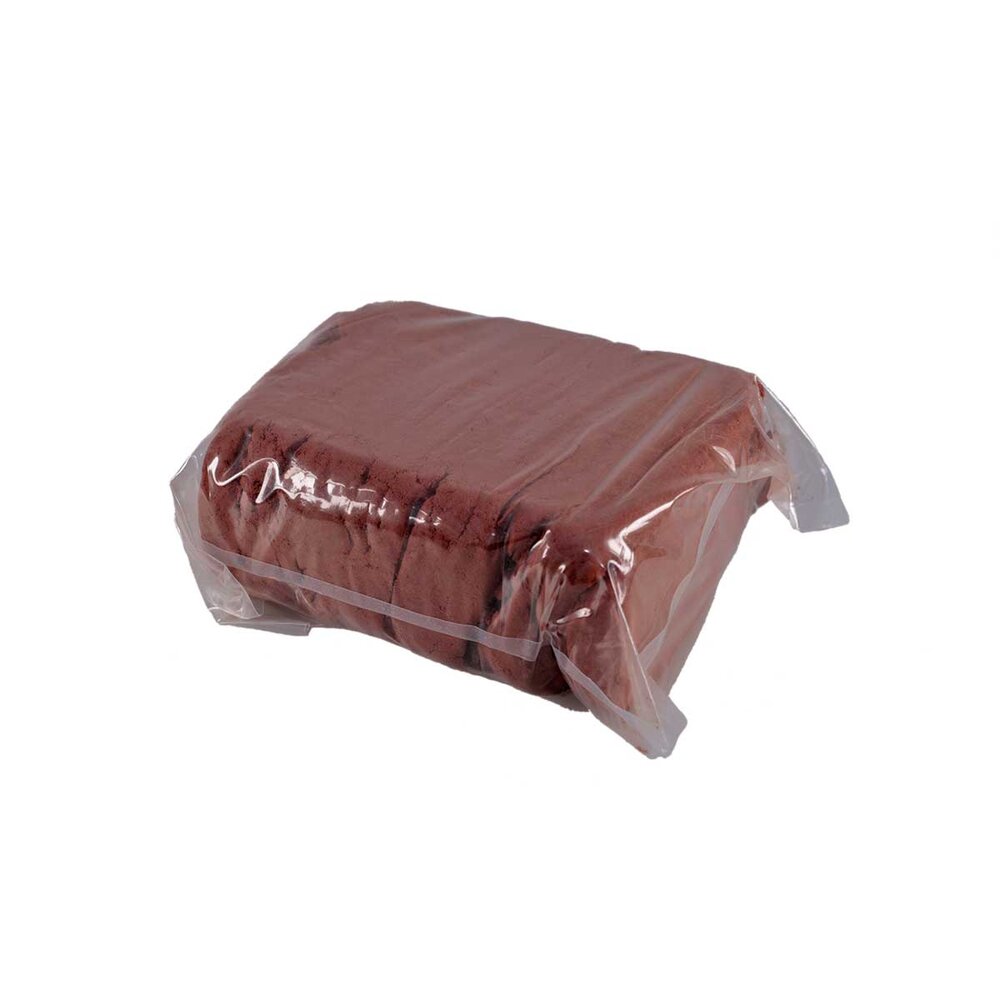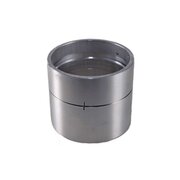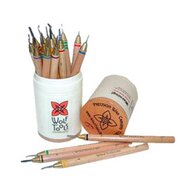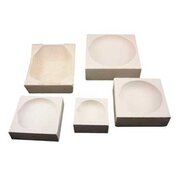Delft casting clay
Article no. DE14160
Please log in to see prices and place your order.
Info
Description:
Delft aluminium ring gives the goldsmith an opportunity to reproduce detailed originals.
Hans Karreman, a designer goldsmith from Delft, has developed this method of casting.
He was not satisfied with the cuttlefishbone method because the castings were rather rough. After a lot of experimenting he developed this method which, as often is the case, is brillant by its simplicity.
Contents: 2 kg
What you need is: Delft aluminium ring, comes in 2 pcs. and casting clay. In this casting clay lays the secret of the method. This clay is so fine that the casting comes out very smooth.
How to do:
- Fill the ring with Delft Clay and remove excess.
- Turn the clay filled upside down.
- Press the model halfway into the clay. Press the surrounding clay against the model.
- Sprinkle the clay filled ring with talcum powder.
- Place the second ring on the filled ring with the vertical marks on the two halves aligned.
- Fill the second ring with clay and remove excess. Remember to keep the position of the alignments marks together.
- Separate the rings and remove the model with a pair of tweezers. If subject is stuck, just move it slightly to make a space.
- With a small stick pierce a hole for the pouring channel. Make air escape holes opposite the casting channel.
- Cave the pouring channel into a funnel shape with a penknife and remove all the loose clay.
- The funnel must be connected directly to the empty space. Do not make the funnel passage smaller than 5 mm. Smooth the inside of the casting channel.
- Place the two parts of the mould together. Replace the vertical marks in the same position. The mould is ready for casting.
- While pouring, rest the crucible on the mould. Keep the flame on the moulted metal whilst pouring.
- The burned clay in the mould must be removed and the reminder of the clay can be used again immediately.

